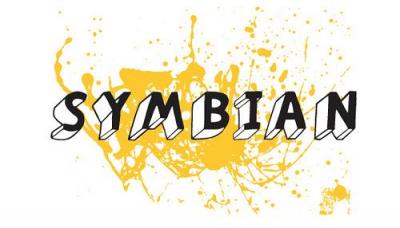

As uncertainty continues to surround the Symbian 3 operating system, the Symbian Foundation has released version 3.0 of the Symbian PDK.
In a 7 July blog post, Mark Skrebels, release council chair and senior release manager for Symbian, said Symbian PDK 3.0 is “the first PDK (Product Development Kit) based on Symbian 3 since it achieved its Functionally Complete (FC) milestone” on 16 June.
“The PDK contains a full build of the Symbian 3 platform along with the corresponding source code, giving developers access to the Symbian 3 feature set and providing the community with the means to engage with us on taking Symbian 3 into devices,” Skrebels said.
Skrebels said Symbian 3 represents “a major step forward in the Symbian platform, providing a greatly improved user experience, multiple personalised home screens, an exciting and advanced multimedia experience including HDMI [High-Definition Multimedia Interface] support, the introduction of next-generation graphics, better data networking and much, much more!”
He continued, “PDK 3.0.0 is the first release to support a full UI [user interface] ROM executing on ARMv5 platforms.” In addition, Symbian “commissioned a great new theme for the S 3 platform called ‘Fresh,’ which is included for the first time in this PDK,” he said. Screenshots of Fresh can be found here.
“Recently, Nokia contributed the JRT to the Symbian Foundation and it is available in the latest Symbian 3 PDK. This means that developers can write Java applications for Symbian 3 devices, like the recently announced Nokia N8,” Aarnos and Uotila said in the post. “More importantly, the JRT is now open source so the community can modify and add to the JRT implementation under the terms of the Symbian Foundation’s EPL [Eclipse Public License] license.”
They continued, “JRT also uses an implementation of the open-source eSWT UI API 1.0.3 from the Eclipse eRCP project. The virtual machine has been provided to the Symbian Foundation by IBM under a separate licence, allowing it to be used for research and development purposes and for Java application development.
“The JRT contribution consists of 1 million lines of Java and C++ source code for the runtime, application installer and API libraries as well as test cases and documentation. It is designed to be highly portable to other platforms, has a simple native extension mechanism for adding new APIs and provides a firm baseline for introducing MIDP 3 functionality.”
TikTok opens e-commerce shopping in Germany, France, Italy as US future remains uncertain over divest-or-ban…
Discover expert insights on overcoming digital transformation challenges. Learn how to manage change, balance innovation,…
Microsoft drops data centre projects amounting to 2 gigawatts of power consumption as investors question…
SMIC sees revenues rise 27 percent for 2024, but profits fall nearly 50 percent amidst…
Google reassures developers Android to remain open source as it brings development entirely in-house, reduces…
NHS software services provider Advanced Computer Software Group fined £3m over ransomware breach that compromised…